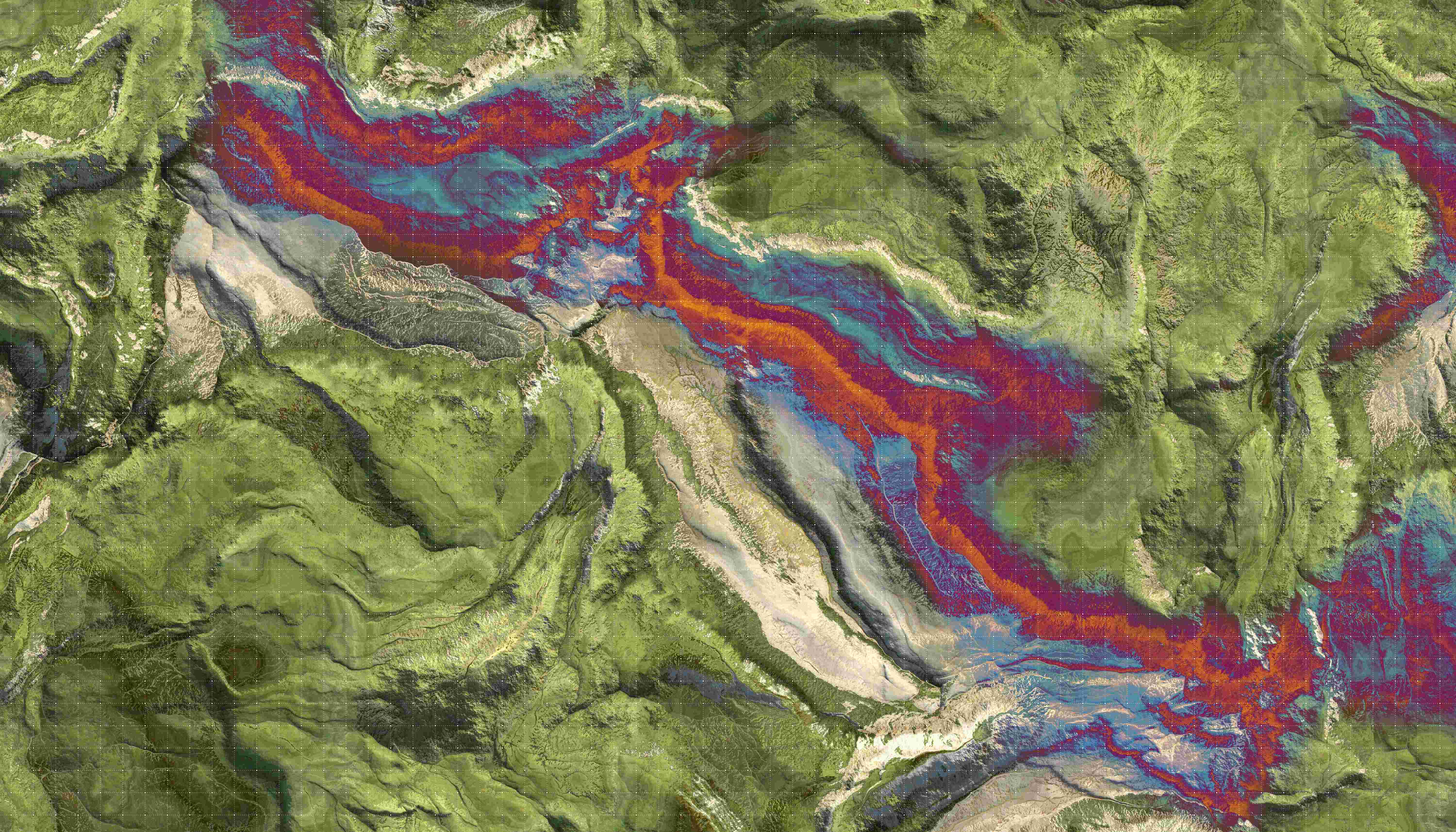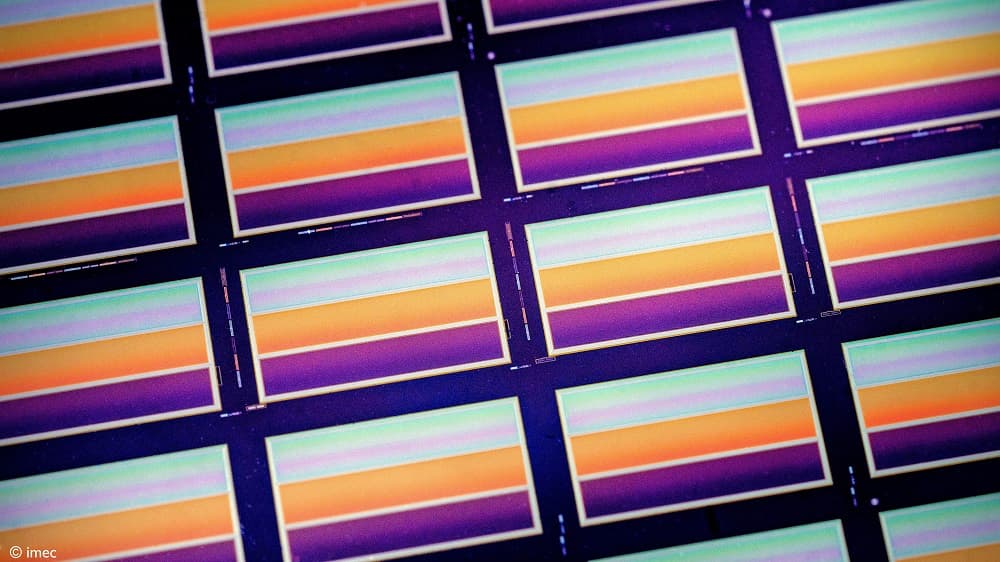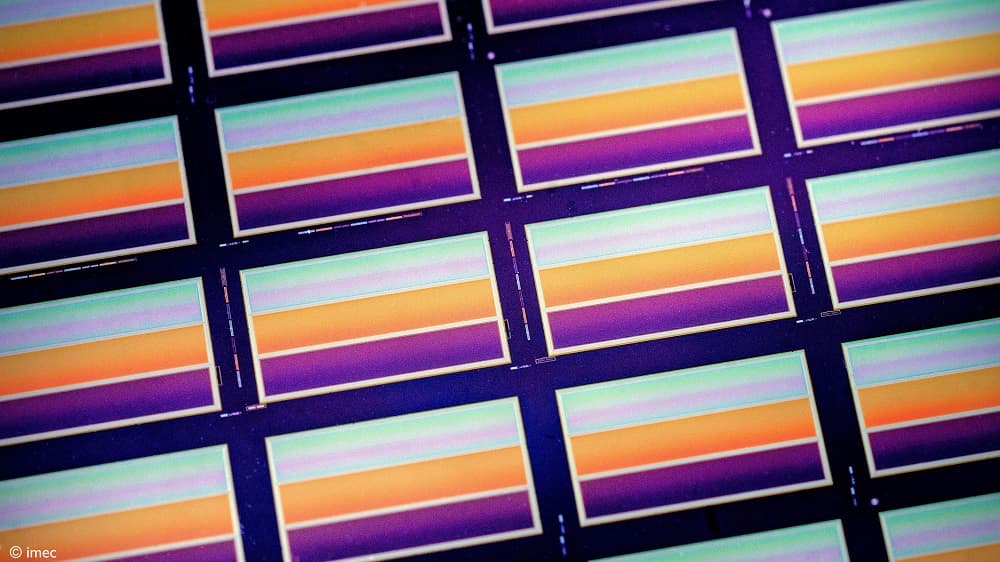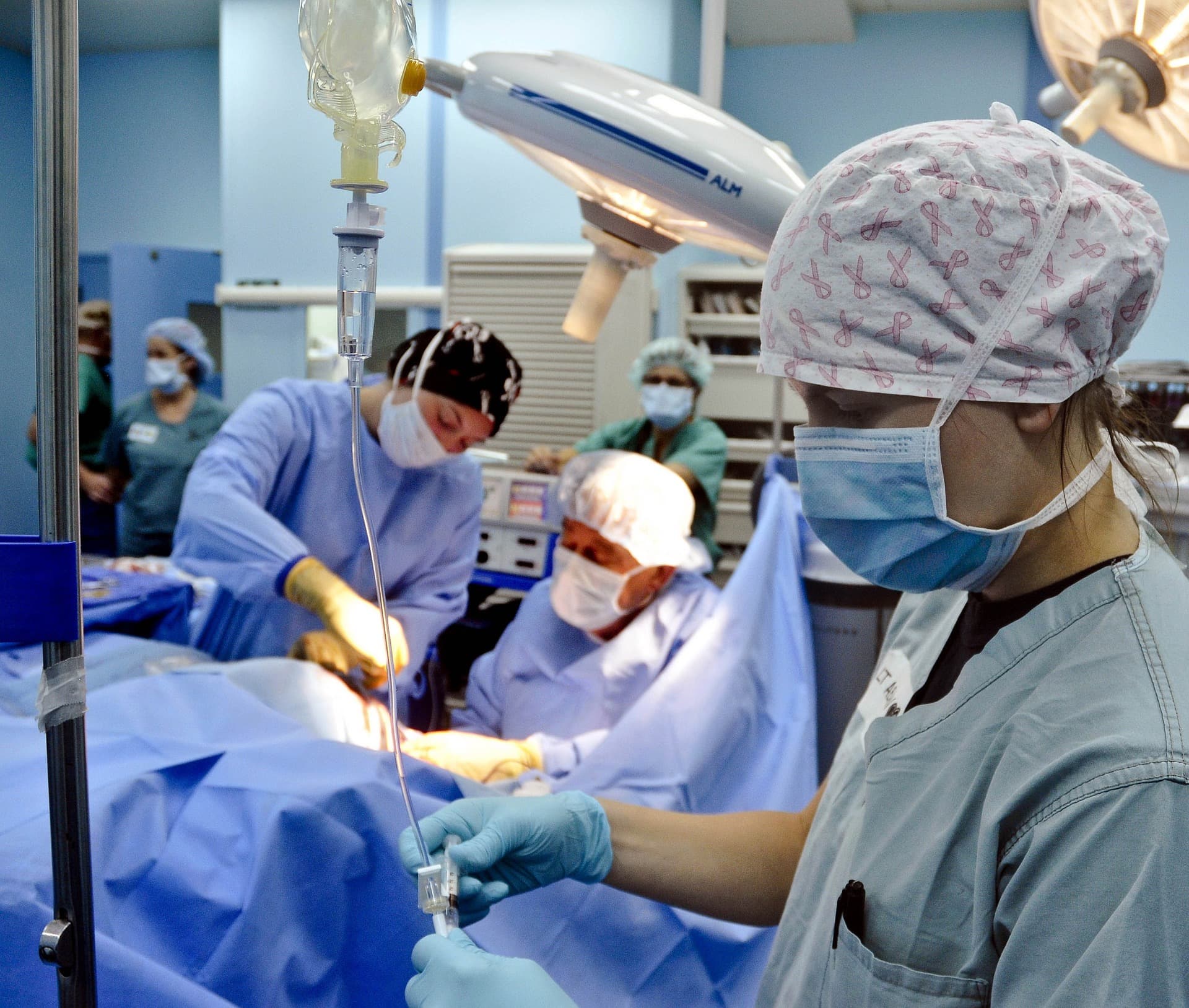
Medical hyperspectral imaging
From visible to SWIR, and beyond
As a safe and easy-to-use technology, hyperspectral imaging benefits medical practitioners and researchers. And imec’s sensors answer the needs of both.
Researchers have long known the possibilities of hyperspectral imaging in medicine. Now, it also finds its way into medical practice.
The reason is that a new generation of hyperspectral snapshot cameras finally allows to make accurate and detailed real-time images – often a necessity when you’re looking at living tissue, for instance during surgery.
Medical hyperspectral imaging for augmented reality surgery
Hyperspectral video cameras can also support surgeons by offering them information that’s invisible to the naked eye – in real time.
That medical hyperspectral image can be displayed on a screen. Or the hyperspectral information can be added as an overlay to the surgeon’s perspective by means of augmented reality glasses. This help surgeons to identify which anatomical structures to preserve when removing sick tissues.

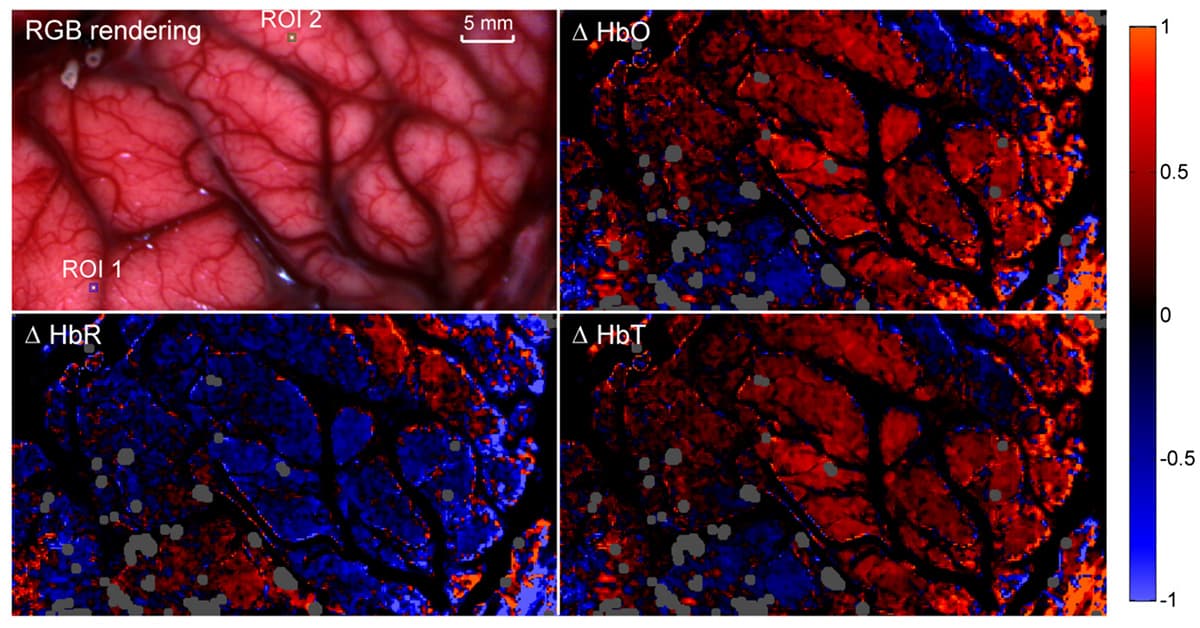
Snapshot hyperspectral image of the human brain under guided surgery: the HSI camera is mounted onto a Carl ZEISS surgery microscope. – Courtesy of Polytechnique Montreal.
Hyperspectral imaging for medical diagnostics
As a component of diagnostic tools, hyperspectral imaging has many advantages:
- In itself, it’s a non-invasive procedure.
- It’s relatively easy to set up, due to the compactness of the new generation of hyperspectral cameras.
Well-documented diagnostic use cases for hyperspectral cameras stem from their ability to detect oxygen saturation. This enables the creation of 2D maps of the blood oxygenation of tissues.
In this way, you can use hyperspectral imaging in a wide array of clinical areas, such as:
- mapping of brain activity
- monitoring of wound healing
- ophthalmologic diagnosis of eye and brain diseases
- detection of blood traces
Watch the video below about how hyperspectral imaging can be used for early biomarker detection of Alzheimer's Disease. Or click here for the in-depth article.
On top of blood volume and oxygenation, medical hyperspectral imaging is able to gather a lot of other information from biological tissues. More particularly, new possibilities are arising by the extension of hyperspectral snapshot imaging in the infrared spectrum. SWIR hyperspectral cameras can pick up the absorption peaks of molecules such as water, lipids, collagens, plastics and minerals.
Want to discuss the possibilities with us?
Want to use imec’s hyperspectral imaging technology for your medical imaging?
Our hyperspectral evaluation systems are ready-to-use systems that include HSI MOSAIC software to acquire and analyze data cubes. They also come with our remote and on-site support, so you can immediately start your hyperspectral application or research.
Additionally, as a world-leading R&D hub for nano- and digital technologies we cover the complete manufacturing process from image sensors to systems. This means we can also develop your tailored hyperspectral imaging system.
Publications
Contact our business development team.
